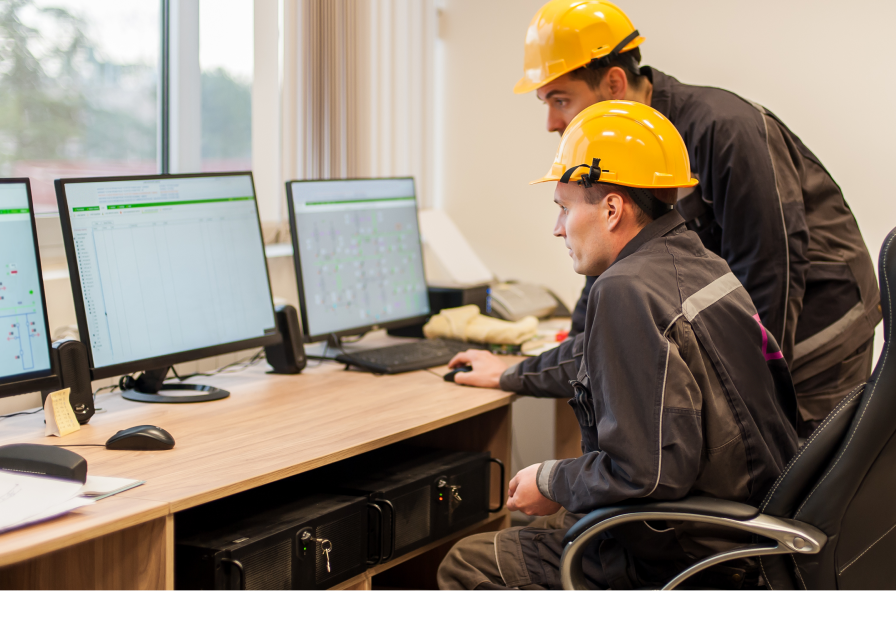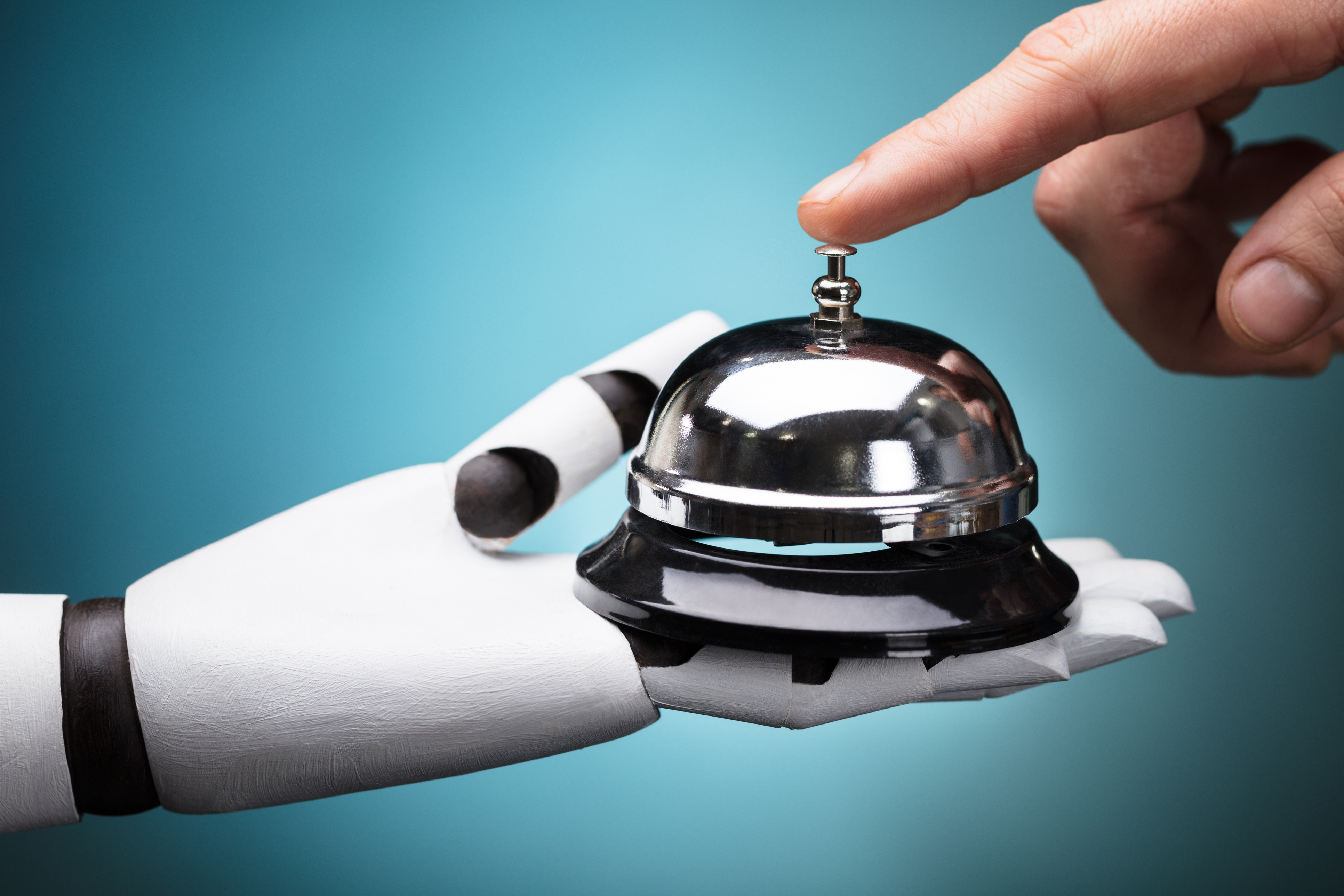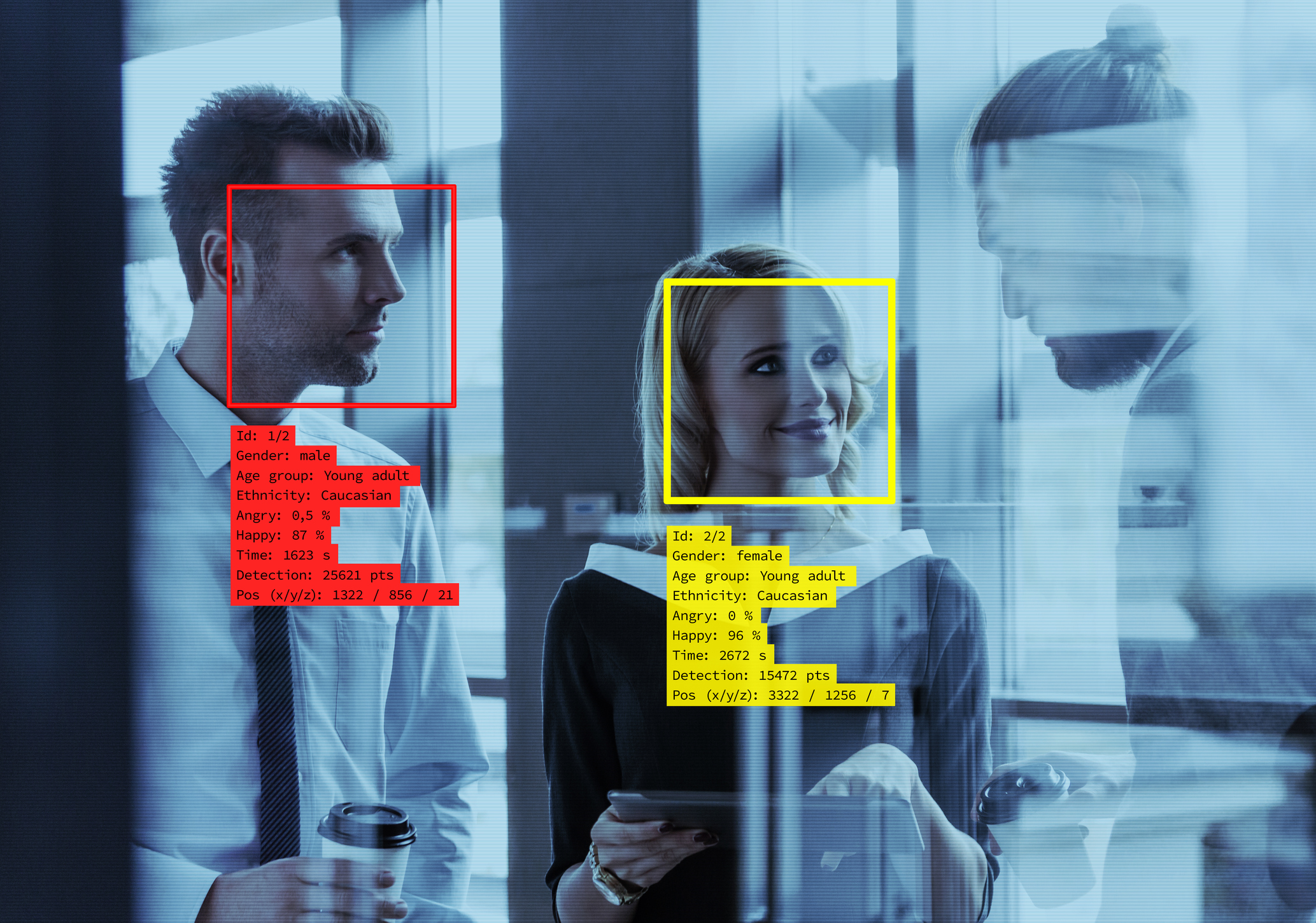Table of contents
Recommended for you

A Smarter Approach to Digital Transformation in Councils
While historically it has been manufacturing and low-skilled labour roles that have felt the biggest impact from technological revolutions, today barely any role remains unaffected by its influence.
However, now organisations aren’t so much removing jobs, but redesigning them. That’s because emerging technology has its greatest impact not when replacing a human workforce, but rather when working in collaboration with it by complementing and augmenting human capabilities.
Successful businesses are asking: how can they leverage the speed, scalability and quantitative capabilities of AI and machine learning to amplify and assist humanistic strengths - things like emotional intelligence, leadership skills, creativity, problem solving and intuition - and in doing so, heighten space for the intelligent creativity that a business needs in order to innovate.
So, while on the one hand, technology is reducing time and costs around routine tasks, on the other, it’s allowing us to facilitate an environment where our human workforce can deliver their best value through:
A workplace fit for the future
Looking to the future, this means the people who will add the most value to your business will be the ones with an ability to apply emotional awareness to situations, build relationships and respond with strategic and critical thinking to challenges.
For some organisations, this might mean shifting recruitment expectations to put more emphasis on the interpersonal skills and humanistic attributes that will really drive a business forward. In this regard, AI can also help you screen, source and match the most ideal candidates. As an employee, continuously seeking to learn, update skills and absorb newly created knowledge will see your skills remain not only viable, but valuable.
It might also mean increasing flexibility within a business. Connectivity and collaboration platforms are changing the way we work, with an increasing expectation around remote work and flexible working environments.
Is your business ready?
Understanding the benefits of AI technology is one thing, but being ready for it is another. Having a clear picture of your business’s level of readiness to adopt new technology is critical to ensure the true value of your investment is realised, to prevent implementation roadblocks and to ensure both your people and your processes are aligned.Key factors influencing readiness
Start by assessing your level of readiness for each of these factors. This assessment may highlight that your business is at one of three levels of readiness:
- Foundational (low): You’re curious about the use of AI in HR functions however have not aligned its use with your own business strategy.
- Operational (medium): You’re working to better understand AI technology and how it could increase efficiencies, but haven’t looked beyond this to build specific strategies around its use to achieve business outcomes.
- Transformational (high): You are already invested in, and leveraging, AI to not only engage with your workforce and talent but also to create business value that didn’t previously exist.
What is clear, is that in a world where technology is democratising industries, the businesses who successfully leverage this evolving partnership between employee and intelligent technology, will be the ones who can set their organisation apart from the rest.











